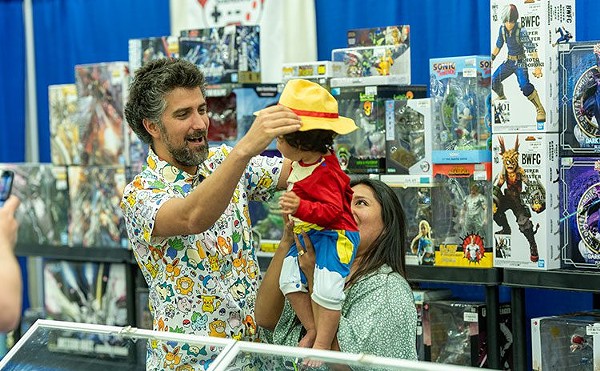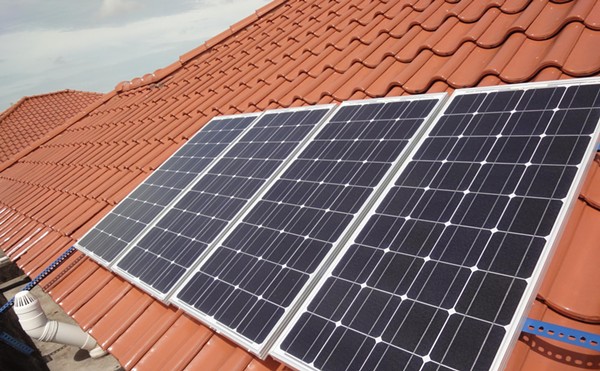[Ed. note: This week, the statue of John B. Castleman, who had been a Confederate officer, was removed by the city from Cherokee Triangle.]
There is so much emotion out there about sculptures and murals being removed and covered. Here is my take, from an art historian who believes in the value and power of both art and history, to my core. How I feel keeps evolving, as I learn to decentralize my own experiences and perspective.
The common arguments I keep hearing are as follows (did I miss any?)
1. We can’t “erase” history, we must learn from it. This is true. But I ask you this: What valuable history lesson does anyone learn from a memorial venerating a culture of oppression? Can anyone learn anything when they themselves feel oppressed? Who is the student — white people or POC? Is the lesson for POC that they don’t belong in this space? Or that they were once powerless?
Are there other ways/places to learn the lessons we purport to gain from these sculptures? Can we learn the same lessons in classrooms and museums where we can properly contextualize, discuss and process difficult history?
Finally, I would argue that the learning we are supposed to be doing from these sculptures is precisely why they are being torn down. We have learned that public declarations of support for people and events that marginalize and traumatize others are expendable in the fight for justice and equality.
2. These are works of art and must be preserved. Sometimes, yes, but sometimes they are really garbage. If they are valuable (not monetarily, but culturally) works of art, we can rehouse them or recontextualize them so people are not forced to view them in public spaces meant to welcome all people, encourage learning, or support equality.
3. But they celebrate my ancestors. Why should I be “punished”? Quite frankly, if you want to celebrate your racist ancestors or argue that they weren’t that bad, you can do that in a personal way, privately. I do not need to see a memorial to their “sacrifices” in shared public spaces. Move memorials to cemeteries.
Sometimes the loss of these objects is deeply painful for me as a historian. BUT, my pain is not from a long history of oppression, and it does not invalidate the very real feelings of people for whom these sculptures cause TRAUMA. And for goodness sake, don’t ever use the word “punish” in this context. Enslaved people were frequently punished to the point of death.
Added: just to make sure everyone is aware, many of these sculptures were erected with the explicit goal of glorifying the Confederacy during the Jim Crow era.
4. This is a slippery slope —give “them” this and they will ask for more. This argument shows the true colors of the arguer because they are othering POC. If these very symbolic efforts to remove memorials to oppression empower POC, especially Black Americans, to have a voice and ask for more change, then by all means, topple the sculptures. That is indeed the learning and healing that needs to happen right now.
5. But so-and-so commemorated on this sculpture also did a lot of great things and/or sacrificed themself in service. Their bad actions and beliefs were a “product of the times.” This is the argument I hear so often. If we are to learn from history, do these sculptures speak to the good and the bad? Or do they simply memorialize the good? Or, conversely, have we learned more from questioning them than we ever did when we took them for granted? We have had so many important conversations about race and representation surrounding public art.
Don’t ever use the “product of their times” as an apology for bad behavior. Each person who saw injustice had an opportunity to speak out against it. They just weren’t brave enough to use their power for good. You can’t believe that when people saw suffering of other humans, they could not discern the injustice because they were a “product of their time.”
In conclusion, my feelings on this subject have evolved over the past five years. I initially felt strongly that these sculptures just needed interpretation, conversation and artistic response. Sometimes that can be powerful, too. But ultimately, art is a living, breathing thing. Its meaning and function in society can evolve. Art is not merely static objects — art is action, art is people. And the actions of passionate people to subvert narratives of oppression are powerful symbols of change.






